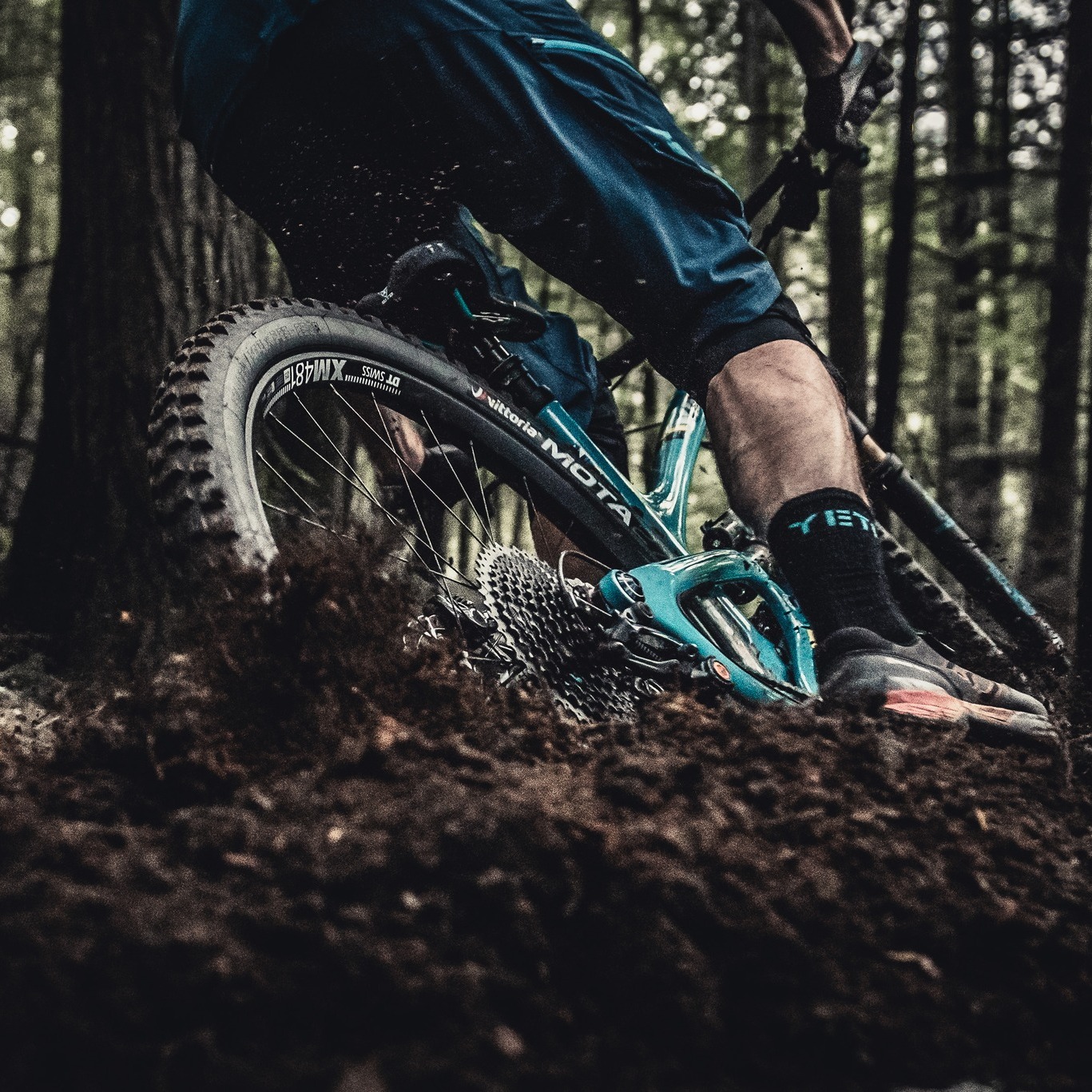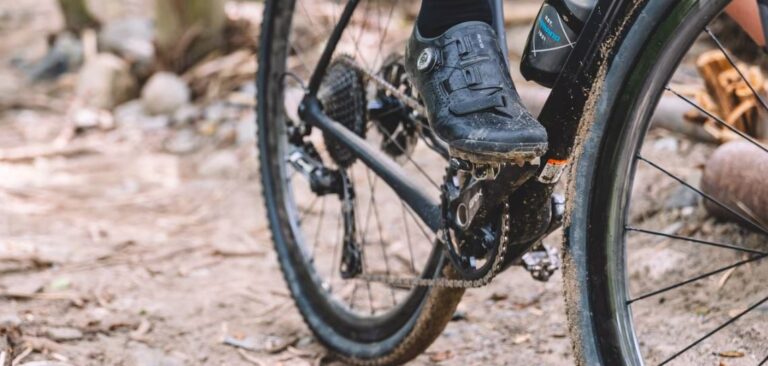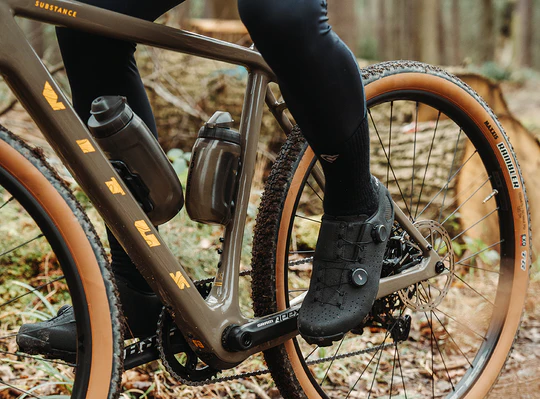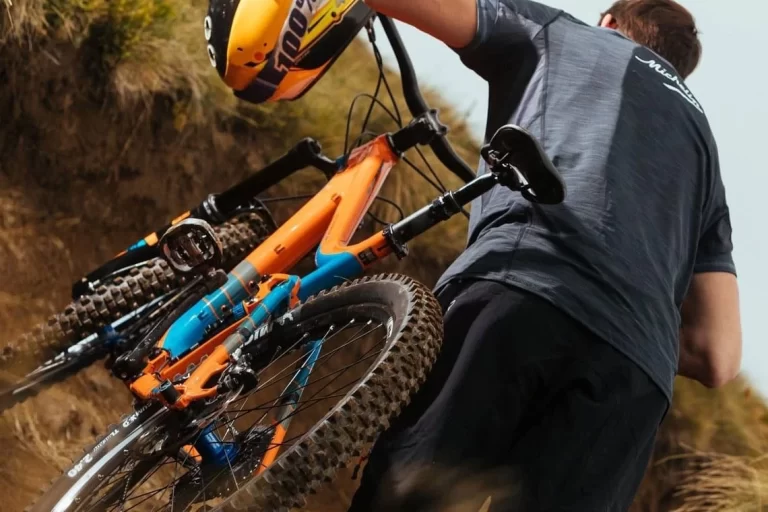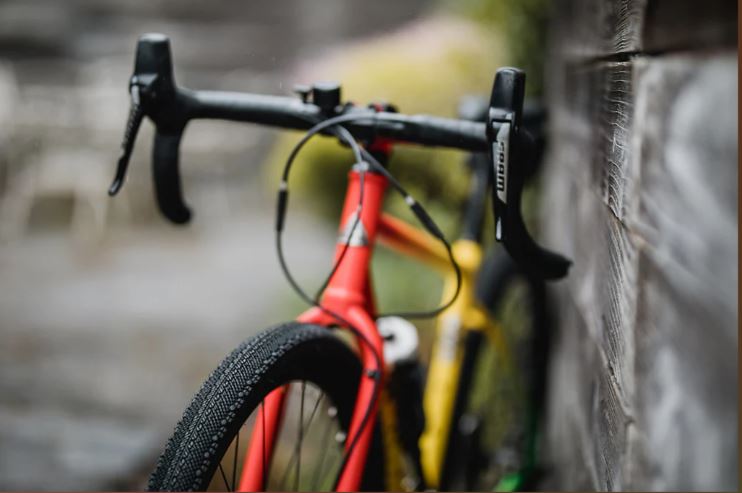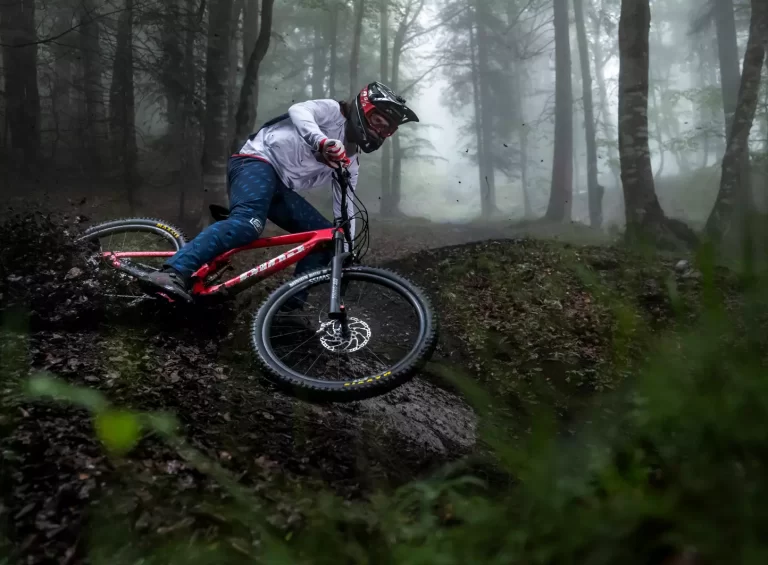Optimal Air Pressure in Cross Country Bike Tires: A Cyclist’s Insight
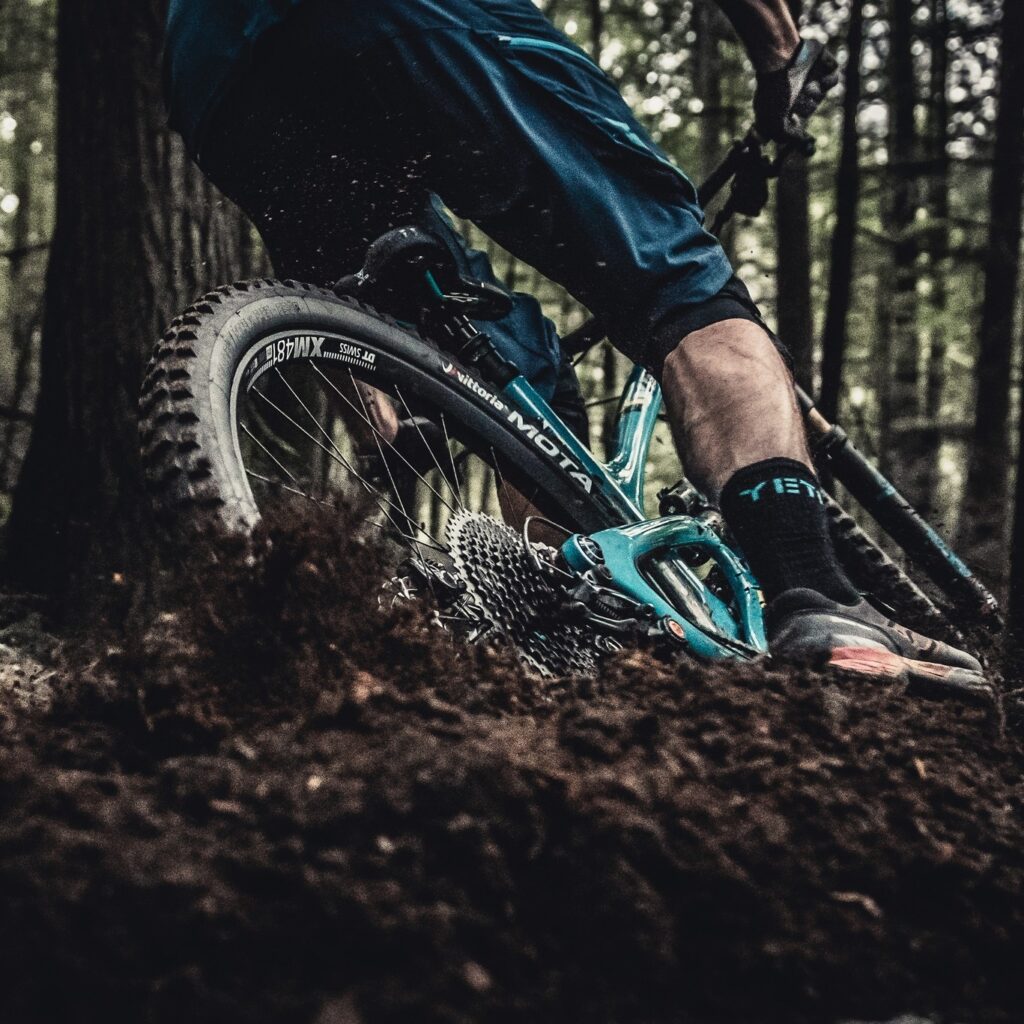
Key Point Summary of Optimal Air Pressure in Cross Country Bike Tires:
- Understanding Air Pressure: Optimal air pressure in cross country bike tires is crucial for performance and comfort.
- Factors Influencing Air Pressure: Rider weight, tire size, terrain, and riding style all affect the ideal inflation levels.
- Benefits of Correct Inflation: Properly inflated tires balance traction, efficiency, and durability.
- Finding Your Ideal Pressure: Start with manufacturer recommendations and adjust based on personal experience and conditions.
- Tools and Techniques: Use a reliable pressure gauge and be consistent in your measurement method.
Understanding the Crucial Role of Air Pressure in Cross Country Bike Tires
As a seasoned cyclist with extensive experience in various biking disciplines, I’ve realized the critical importance of tire inflation. Proper air pressure is a pivotal aspect that significantly impacts the quality of your ride.
The Significance of Precision in Tire Inflation
The air pressure in your tires isn’t just a numerical value; it’s a key determinant of your bike’s handling, traction, and efficiency. Over-inflation leads to a harsh, uncomfortable ride and reduced grip, while under-inflation increases the risk of pinch flats and can make your bike feel sluggish and unresponsive.
Personalization of Air Pressure: Key Factors to Consider
Determining the optimal air pressure for cross country bike tires is a personalized process, influenced by various factors:
- Rider Weight: Heavier riders typically require higher pressure to mitigate tire deformation and prevent pinch flats.
- Tire Size and Volume: Larger, wider tires can be run at lower pressures compared to their narrower counterparts.
- Terrain Variation: The nature of the terrain – be it rocky, uneven trails or smooth, hard-packed paths – necessitates adjustments in tire pressure.
- Riding Dynamics: Aggressive riding styles may benefit from slightly higher tire pressures to enhance responsiveness.

The Art of Balancing Tire Pressure
Achieving the right tire pressure is about striking a balance. Overly inflated tires can reduce traction and comfort, particularly on loose or technical trails. Conversely, too low pressure can lead to increased rolling resistance, potential tire damage, and decreased cornering stability.
Essential Tools for Accurate Pressure Measurement
Accurate measurement of tire pressure is crucial. A high-quality pressure gauge or a reliable floor pump with an integrated gauge is essential for consistent and precise readings.
Adapting Pressure to Varied Riding Conditions
Tailoring tire pressure to the specific conditions of each ride is crucial. Changes in weather, trail moisture, and terrain type should influence your tire pressure decisions. This approach requires some trial and error but leads to a more tailored and effective riding setup.
The Benefits of Tubeless Tires
The adoption of tubeless tires can significantly enhance your riding experience. These setups allow for lower tire pressures without the heightened risk of pinch flats, offering improved traction and a smoother ride.
Regular Maintenance for Optimal Performance
Consistent maintenance, including regular tire pressure checks, is vital. Tire pressure can fluctuate due to changes in temperature and natural air loss, making routine checks a necessary habit for every rider.

Concluding Thoughts: A Dynamic and Ongoing Process
When considering cross-country bike tire models that are highly regarded for their performance, particularly in relation to air pressure management, a few stand out:
- Schwalbe Racing Ralph: This tire is known for its adaptable performance across various terrains. It responds well to changes in air pressure, providing excellent grip and efficiency, making it a favorite among cross-country riders.
- Maxxis Ikon: The Ikon excels in its ability to maintain traction and control at different air pressures. It’s a go-to for riders looking for a tire that offers a good balance of low rolling resistance and reliable grip in diverse conditions.
- Continental Race King: Renowned for its low rolling resistance, the Race King performs exceptionally well at varied pressure levels, offering a smooth and fast ride on hardpack surfaces.
- Vittoria Mezcal: The Mezcal stands out for its unique tread pattern, which allows for effective pressure adjustments to suit different trails and riding styles, providing a blend of traction and speed.
- Specialized Fast Trak: This tire is praised for its versatility and consistent performance across a wide range of air pressures, making it suitable for different cross-country terrains and conditions.
These models are favored in the cross-country biking community for their ability to adapt to different air pressure settings, enhancing traction, durability, and rolling efficiency based on the rider’s needs and trail demands.
Finding the optimal air pressure for cross country bike tires is a dynamic and ongoing process, requiring continuous experimentation and adjustment. It’s not a static setting but a flexible one that adapts to the rider’s needs, the bike’s specifications, and the ever-changing conditions of the trails. By paying close attention to tire pressure, riders can significantly enhance their overall cycling experience, ensuring each ride is as efficient, comfortable, and enjoyable as possible.
John
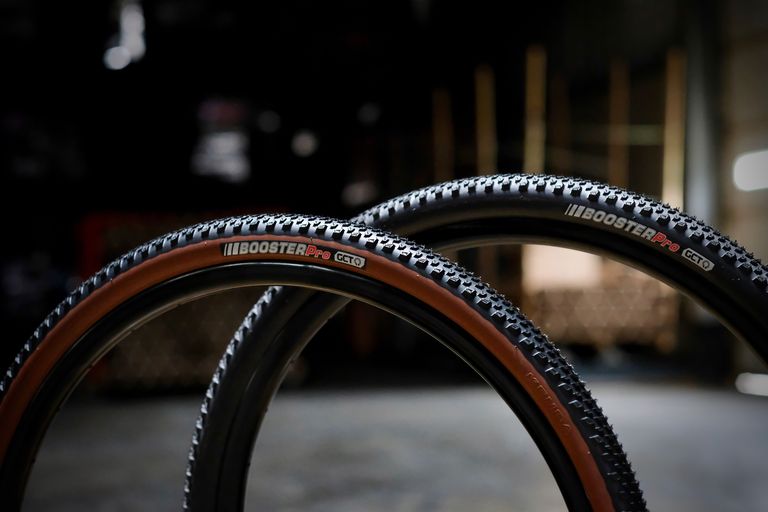
FAQ
What is a cross country bike tire?
A cross country bike tire is a type of bicycle tire specifically designed for cross country mountain biking. It typically features a lighter weight, narrower width (around 1.9 to 2.25 inches), and a tread pattern optimized for speed and efficiency on a variety of terrains, from hard-packed dirt to moderate mud and rock. These tires balance traction, rolling resistance, and durability to suit the demands of cross country riding.
What is the best size tire for XC?
The best tire size for cross country (XC) biking typically ranges from 2.1 to 2.4 inches in width. This size offers a good balance of traction, rolling efficiency, and weight, suitable for the varied terrain encountered in XC riding. The choice can vary based on rider preference, trail conditions, and bike specifications.
What size tires are needed for XC mountain bike?
For XC mountain biking, tires typically range in size from 1.9 to 2.25 inches in width. This size range provides an optimal balance of traction, rolling efficiency, and low weight, suitable for the diverse terrains encountered in XC riding.
What is the fastest Maxxis XC tire?
The Maxxis Aspen is widely regarded as the fastest XC tire in the Maxxis lineup. It’s designed for speed and efficiency, featuring a low-profile tread design for minimal rolling resistance on hardpack terrain.
